
Brown Web of Debt The Shocking Truth about our Money System (3rd ed)
.pdf
Chapter 19 - Bear Raids and Short Sales
orders without having to wait for real counterparties to show up. But if you want potatoes or shoes and your local store runs out, you have to wait for delivery. Why is stock investment different?
It has been argued that a highly liquid stock market is essential to ensure corporate funding and growth. That might be a good argument if the money actually went to the company, but that is not where it goes. The issuing company gets the money only when the stock is sold at an initial public offering (IPO). The stock exchange is a secondary market – investors buying from other stockholders, hoping they can sell the stock for more than they paid for it. Basically, it is gambling. Corporations have an easier time raising money through new IPOs if the buyers know they can turn around and sell their stock quickly; but in today’s computerized global markets, real buyers should show up quickly enough without letting brokers sell stock they don’t actually have to sell.
Short selling is sometimes justified as being necessary to keep a brake on the “irrational exuberance” that might otherwise drive popular stocks into dangerous “bubbles.” But if that were a necessary feature of functioning markets, short selling would also be rampant in the markets for cars, television sets and computers, which it obviously isn’t. The reason it isn’t is that these goods can’t be “hypothecated” or duplicated on a computer screen the way stock shares can. Like fractional reserve lending, short selling is made possible because the brokers are not dealing with physical things but are simply moving numbers around on a computer monitor. Any alleged advantages to a company from the liquidity afforded by short selling are offset by the serious harm this sleight of hand can do to companies targeted for take-down in bear raids.
The Stockgate Scandal
The destruction that naked short selling can do was exposed in a July 2004 Investors Business Daily articled called “Stockgate,” which detailed a growing scandal involving market makers and their clearing agency the Depository Trust Company (DTC). The DTC is responsible for holding securities and for arranging for the receipt, delivery, and monetary settlement of securities transactions. The DTC is an arm of the Depository Trust and Clearing Corporation (DTCC), a private conglomerate owned collectively by broker-dealers and banks. The lawsuits called “Stockgate” alleged a coordinated effort by hedge
186
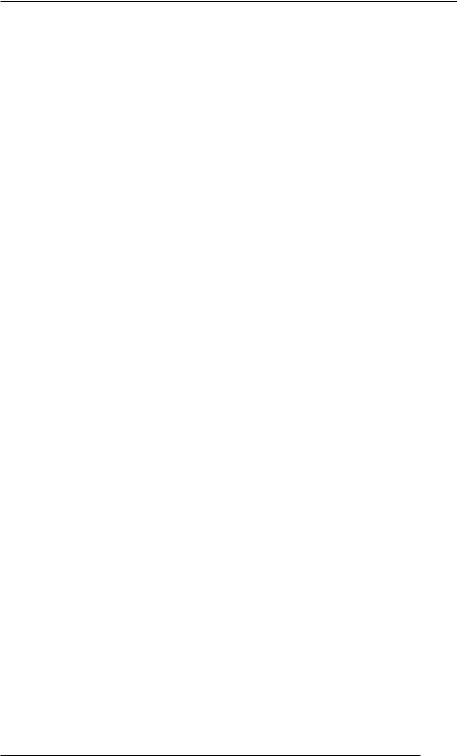
Web of Debt
funds, broker-deals and market makers to strip small and mediumsized public companies of their value. In comments before the Securities and Exchange Commission, C. Austin Burrell, a litigation consultant for the plaintiffs, maintained that “illegal Naked Short Selling has stripped hundreds of billions, if not trillions, of dollars from American investors.” Over the six-year period before 2004, he said, the practice resulted in over 7,000 public companies being “shorted out of existence.” Burrell maintained that as much as $1 trillion to $3 trillion may have been lost to naked short selling, and that more than 1,200 hedge fund and offshore accounts have been involved in the scandal.
The DTC’s role is supposed to be to bring efficiency to the securities industry by retaining custody of some 2 million securities issues, effectively “dematerializing” most of them so that they exist only as electronic files rather than as countless pieces of paper. Once “dematerialized,” the shares can be “re-hypothecated,” something the Stockgate plaintiffs say is just a fancy term for “counterfeiting.” They allege that the DTCC has an enormous pecuniary interest in the short selling scheme, because it gets a fee each time a journal entry is made in the “Stock Borrow Program.” According to the court filings, almost one billion dollars annually are received by the DTCC for its Stock Borrow Program, in which the DTCC lends out many multiples of the actual certificates outstanding in a stock. Worse, the SEC itself reportedly has a stake in the deal, since it receives a transaction fee for each transaction facilitated by these loans of non-existent certificates. The SEC was instituted during the Great Depression specifically to prevent this sort of corrupt practice. The Investors Business Daily article observed:
The largely unregulated DTC has become something of a defacto Czar presiding over the entire U.S. markets system . . . . And, as the SEC’s July 28 ruling indicates, its monopoly over the electronic trading system appears even to be protected. The Depository Trust and Clearing Corp.’s two preferred shareholders are the New York Stock Exchange and the NASD, a regulatory agency that also owns the NASDAQ (NDAQ) and the embattled American Stock Exchange! . . . In an era when corporate governance is the primary interest for the SEC and state regulators, the DTCC is hardly a role model. Its 21 directors represent a virtual litany of conflict . . . . The scandal has embroiled hundreds of companies and dozens of brokers and marketmakers, in a
187
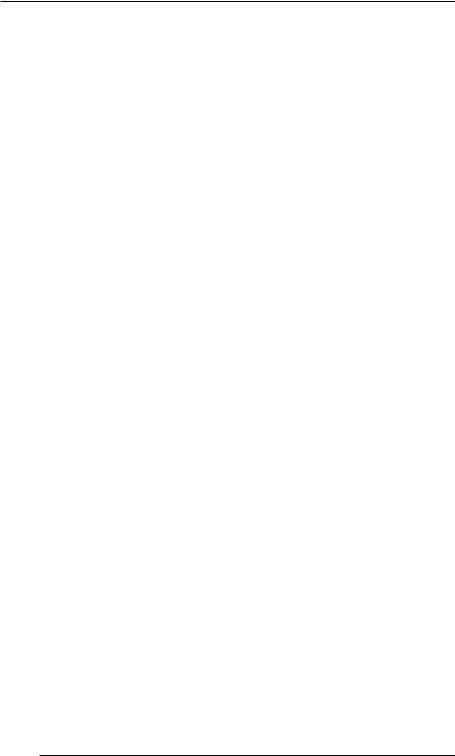
Chapter 19 - Bear Raids and Short Sales
web of international intrigue, manipulative short-selling and crossborder actions and denials.
A web of international intrigue and coordinated manipulation -- the image recalls the “spider webbing” described by Hans Schicht. The Stockgate plaintiffs expect to show that the “hypothecation” or counterfeiting of unregistered shares is a specific violation of the Securities Act of 1933 barring the “Sale of Unregistered Securities.” Restrictions on short selling were put into the Securities Acts of 1933 and 1934, according to Burrell, because of first-hand evidence that the “sheer scale of the crashes [after 1929] was a direct result of intentional manipulation of U.S. markets through abusive short selling.” He maintains:
There are numerous cases of a single share being lent ten or many more times, giving rise to the complaint that the DTCC has been electronically counterfeiting just as was done via printed certificates before the Crash. . . . Shares could be electronically created/counterfeited/kited without a registration statement being filed, and without the underlying company having any knowledge such shares are being sold or even in existence.9
In a website devoted to the Stockgate scandal called “The Faulking Truth,” Mark Faulk wrote in April 2006 that the lawsuits and repeated calls for investigation and reform have made little headway and have been denied media attention. The SEC has imposed only minor penalties for infractions, which are perceived by the defendants as being merely a cost of doing business.10 Like with antitrust regulation in the Gilded Age, the fox has evidently gotten inside the SEC hen house. The big money cartels the agency was designed to control are now pulling its strings.
Patrick Byrne is president of a company called Overstock.com, which has been an apparent target of naked short selling. In a revealing presentation called “The Darkside of the Looking Glass: The Corruption of Our Capital Markets,” he says the SEC has the data on how much naked short selling is going on, but it refuses to reveal the numbers, the players or the plays. Why? The information can hardly be called a matter of national security. The SEC calls it “proprietary information” that would reveal the short sellers’ trading strategies if exposed. Byrne translates this to mean that if the thieves were found out, they could not keep stealing. Why are the regulators protecting them? He offers two theories: either they are looking forward to being thieves themselves when they go back into private practice, or they
188
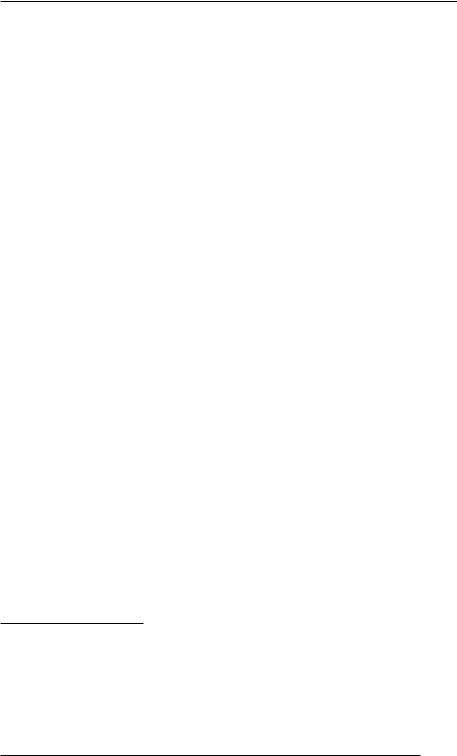
Web of Debt
are afraid that if they blow the whistle, the whole economy will come crashing down, along with the banks that are arranging the deals.11
Financial Weapons of Mass Destruction?
Short selling is the modern version of the counterfeiting scheme used to bring down the Continental in the 1770s. When a currency is sold short, its value is diluted just as it would be if the market were flooded with paper currency. The short sale is the basis of many of those sophisticated trades called “derivatives,” which have become weapons for destroying competitor businesses by parasitic mergers and takeovers. Billionaire investor Warren Buffett calls derivatives “financial weapons of mass destruction.”12 The term fits not only because these speculative bets are very risky for investors but because big institutional investors can use them to manipulate markets, cause massive currency devaluations, and force small vulnerable countries to do their bidding. Derivatives have been used to destroy the value of the national currencies of competitor countries, allowing national assets to be picked up at fire sale prices, just as the assets of the American public were snatched up by wealthy insiders after the crash of 1929. Defenders of free markets blame the targeted Third World countries for being unable to manage their economies, when the fault actually lies in a monetary scheme that opens their currencies to manipulation by foreign speculators who have access to a flood of “phantom money” borrowed into existence from foreign banks.
To clarify all this, we’ll to take another short detour into the shady world of “finance capitalism,” to shed some light on the obscure topic of derivatives and the hedge funds that largely trade in them.
i |
The term “Third World” is now an anachronism, since there is no longer a |
|
“Second World” (the Soviet bloc). But the term is used here because it has a popularly understood meaning and is still widely used, and because the alternatives – “developing world” and “underdeveloped world” – may be misleading. Citizens of ancient Third World civilizations tend to consider their cultures more “developed” than some in the First World.
189

Web of Debt
Chapter 20
HEDGE FUNDS
AND DERIVATIVES:
A HORSE OF A
DIFFERENT COLOR
“What kind of a horse is that? I’ve never seen a horse like that before!”
“He’s the Horse of a Different Color you’ve heard tell about.”
–The Guardian of the Gate to Dorothy, The Wizard of Oz
Just as a painted horse is still a horse, so derivatives and the hedge funds that specialize in them have been called merely a disguise, something designed to look “different enough from the last
time so no one realizes what is happening.” John Train, writing in The Financial Times, used this colorful analogy:
[I]t is like the floor show in a seedy nightclub. A sequence of girls trots on the scene, first a collection of Apaches, then some ballerinas, then cowgirls and so forth. Only after a while does the bemused spectator realize that, in all cases, they were the same girls in slightly different costumes. . . . [T]he so-called hedge fund actually was an excuse for a margin account.1
Hedge funds are private funds that pool the assets of wealthy investors, with the aim of making “absolute returns” -- making a profit whether the market goes up or down. To maximize their profits, they typically use credit borrowed against the fund’s assets to “leverage” their investments. Leverage is the use of borrowed funds to increase purchasing power. The greater the leverage, the greater the possible gain (or loss). In futures trading, this leverage is called the margin. Leveraging on margin, or by borrowing money, allows investors to place many more bets than if they had paid the full price.
191
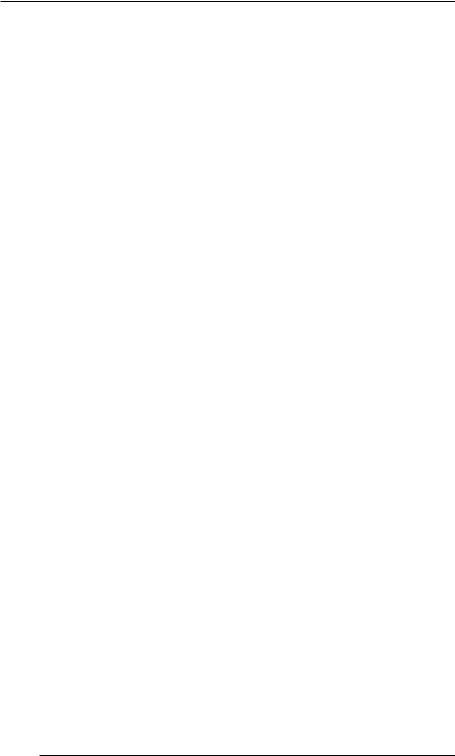
Chapter 20 - Hedge Funds and Derivatives
In the 1920s, wealthy investors engaged in “pooling” – combining their assets to influence the markets for their collective benefit. Like trusts and monopolies, pooling was considered to be a form of collusive interference with the normal market forces of supply and demand. Hedge funds are the modern-day variants of this scheme. They are usually run in off-shore banking centers such as the Cayman Islands to avoid regulation. Off-shore funds are exempt from margin requirements that restrict trading on credit, and from uptick rules that limit short sales to assets that are rising in price.
Hedge funds were originally set up to “hedge the bets” of investors, insuring against currency or interest rate fluctuations; but they quickly became instruments for manipulation and control. Many of the largest hedge funds are run by former bank or investment bank dealers, who have left with the blessings of their former employers. The banks’ investment money is then placed with the hedge funds, which can operate in a more unregulated environment than the banks can themselves. Hedge funds are now often responsible for over half the daily trading in the equity markets, due to their huge size and the huge amounts of capital funding them.2 That gives them an enormous amount of control over what the markets will do. In the fall of 2006, 8,282 of the 9,800 hedge funds operating worldwide were registered in the Cayman Islands, a British Overseas Territory with a population of 57,000 people. The Cayman Islands Monetary Authority gives each hedge fund at registration a 100-year exemption from any taxes, shelters the fund’s activity behind a wall of official secrecy, allows the fund to self-regulate, and prevents other nations from regulating the funds.3
Derivatives are key investment tools of hedge funds. Derivatives are basically side bets that some underlying investment (a stock, commodity, market, etc.) will go up or down. They are not really “investments,” because they don’t involve the purchase of an asset. They are outside bets on what the asset will do. All derivatives are variations on futures trading, and all futures trading is inherently speculation or gambling. The more familiar types of derivatives include “puts” (betting the asset will go down) and “calls” (betting the asset will go up). Over 90 percent of the derivatives held by banks today, however, are “over-the-counter” derivatives – investment devices
specially tailored to financial institutions, often having exotic and complex features, not traded on standard exchanges. They are not
regulated, are hard to trace, and are very hard to understand.4 Some
192
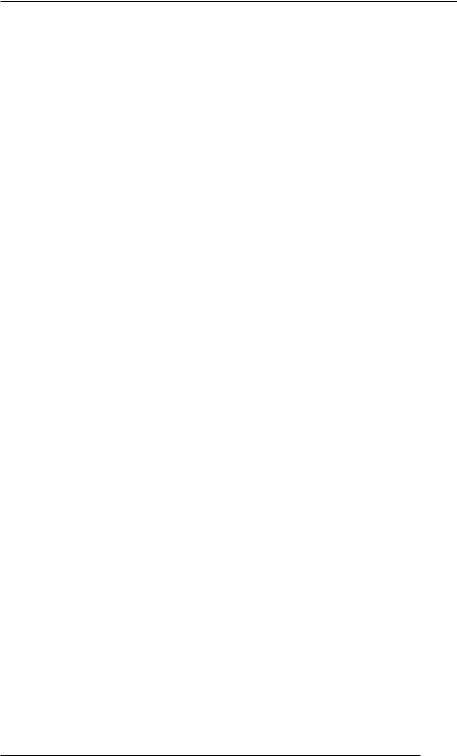
Web of Debt
critics say they are impossible to understand, because they were designed to be so complex and obscure as to mislead investors.5
At one time, tough rules regulated speculation of this sort. The Glass-Steagall Act passed during the New Deal separated commercial banking from securities trading; and the Commodities Futures Trading Commission (CFTC) was created in 1974 to regulate commodity futures and option markets and to protect market participants from price manipulation, abusive sales practices, and fraud. But again the speculators have managed to get around the rules. Derivative traders claim they are not dealing in “securities” or “futures” because nothing is being traded; and just to make sure, they induced Congress to empower the head of the CFTC to grant waivers to that effect, and they set up offshore hedge funds that remained small, unregistered and unregulated. They also had the Glass-Steagall Act repealed.
A Bubble on a Ponzi Scheme
Executive Intelligence Review (EIR), The New Federalist and The American Almanac are publications associated with Lyndon LaRouche, a political figure who is personally controversial but whose research staff was described by a former senior staffer of the National Security Council as “one of the best private intelligence services in the world.”6 Their writings on the derivatives crisis are quite colorful and readable. In a 1998 interview, John Hoefle, the banking columnist for EIR, clarified the derivatives phenomenon like this:
During the 1980s, you had the creation of a huge financial bubble.
. . . [Y]ou could look at that as fleas who set up a trading empire on a dog. . . . They start pumping more and more blood out of the dog to support their trading, and then at a certain point, the amount of blood that they’re trading exceeds what they can pump from the dog, without killing the dog. The dog begins to get very sick. So being clever little critters, what they do, is they switch to trading in blood futures. And since there’s no connection – they break the connection between the blood available and the amount you can trade, then you can have a real explosion of trading, and that’s what the derivatives market represents. And so now you’ve had this explosion of trading in blood futures which is going right up to the point that now the dog is on the verge of dying. And that’s essentially what the derivatives market is. It’s the last gasp of a financial bubble.7
193
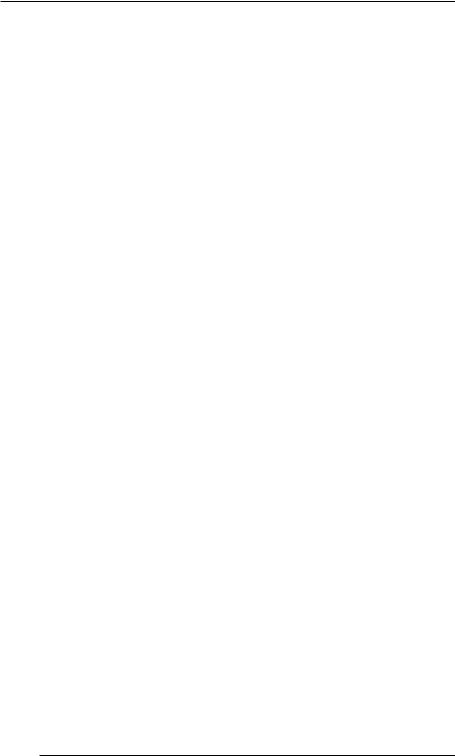
Chapter 20 - Hedge Funds and Derivatives
What has broken the connection between “the blood available and the amount you can trade” is that derivatives are not assets. They are just bets on what the asset will do, and the bet can be placed with very little “real” money down. Most of the money is borrowed from banks that create it on a computer screen as it is lent. The connection with reality has been severed so completely that the market for over-the- counter derivatives has now reached many times the money supply of the world. Since these private bets are unreported and unregulated, nobody knows exactly how much money is riding on them. However, the Bank for International Settlements (BIS) reported that in the first half of 2006, the “notional value” of derivative trades had soared to a record $370 trillion; and by December 2007, the figure was up to a breathtaking $681 trillion.8
The notional value of a derivative is a hypothetical number described as “the number of units of an asset underlying the contract, multiplied by the spot price of the asset.” Synonyms for “notional” include “fanciful, not based on fact, dubious, imaginary.” Just how fanciful these values are is evident from the numbers: $681 trillion is over 50 times the $13 trillion gross domestic product (GDP) of the entire U.S. economy. In 2006, the total GDP of the world was only $66 trillion -- one-tenth the “notional”value of derivative trade in 2007. In a September 2006 article in MarketWatch, Thomas Kostigen wrote:
[I]t’s worth wondering how so much extra value can be squeezed out of instruments that are essentially fake. . . . Wall Street manufactures these products and trades them in a rather shadowy way that keeps the average investor in the dark. You cannot exactly look up the price of an equity derivative in your daily newspaper’s stock table. . . . [I]t wouldn’t take all that much to create a domino effect of market mishap. And there is no net. The Securities Investor Protection Corporation, which insures brokerage accounts in the event of a brokerage-firm failure, recently announced its reserves. It has about $1.38 billion. That may sound like a lot. Compared with half a quadrillion, it’s a pittance. Scary but true.9
How are these astronomical sums even possible? The answer, again, is that derivatives are just bets, and gamblers can bet any amount they want. Gary Novak is a scientist with a website devoted to simplifying complex issues. He writes, “It’s like two persons flipping a coin for a trillion dollars, and afterwards someone owes a trillion dollars
194
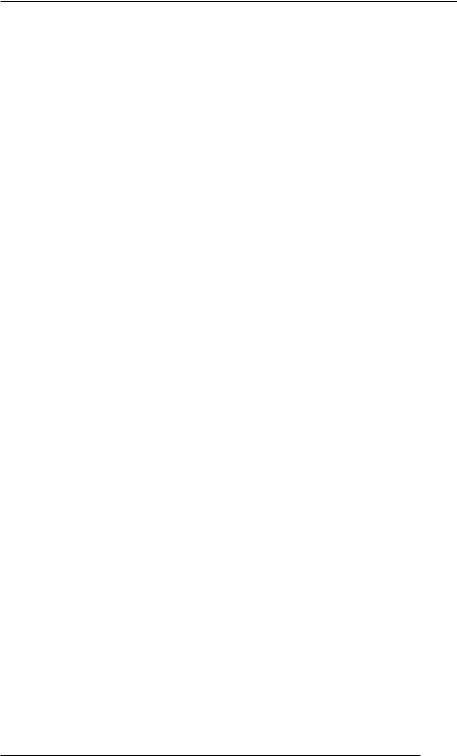
Web of Debt
which never existed.”9 He calls it “funny money.” Like the Mississippi Bubble, the derivatives bubble is built on something that doesn’t really exist; and when the losers cannot afford to pay up on their futures bets, the scheme must collapse. Either that, or the taxpayers will be saddled with the bill for the largest bailout in history.
In a report presented at the request of the House Committee on Banking, Finance and Urban Affairs in 1994, Christopher White used some other vivid imagery for the derivatives affliction. He wrote:
The derivatives market . . . is the greatest bubble in history. It dwarfs the Mississippi Bubble in France and the South Sea Island bubble in England. This bubble, like a cancer, has penetrated and taken over the entirety of our banking and credit system; there is no major commercial bank, investment bank, mutual fund, etc. that is not dependent on derivatives for its existence. These derivatives suck the life’s blood out of our economy. Our farms, our factories, our nation’s infrastructure, our living standards are being sucked dry to pay off interest payments, dividend yields as well as other earnings on the bubble.11
How speculation in derivatives draws much-needed capital away from domestic productivity was explained by White with another analogy:
It would be like going to the horse races to bet, not on the race, but on the size of the pot. Who would care about what’s involved with getting the runners to the starting gate?
Since the gamblers don’t care who wins, they aren’t interested in feeding the horses or hiring stable hands. They are only interested in money making money. Today more money can be had at less risk by speculation in derivatives than by investing in the growth of a business, and this is particularly true if you are a very big bank with the ability to influence the way the bet goes. The Office of the Comptroller of the Currency reported that in mid-2006, there were close to 9,000 commercial and savings banks in the United States; yet 97 percent of U.S. bank-held derivatives were concentrated in the hands of just five banks. Topping the list were JPMorgan Chase and Citibank, the citadels of the Morgan and Rockefeller empires.12
195
